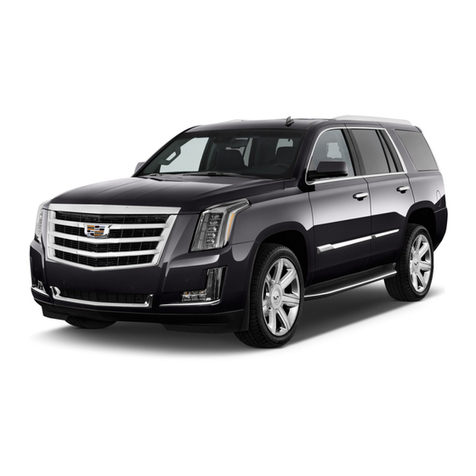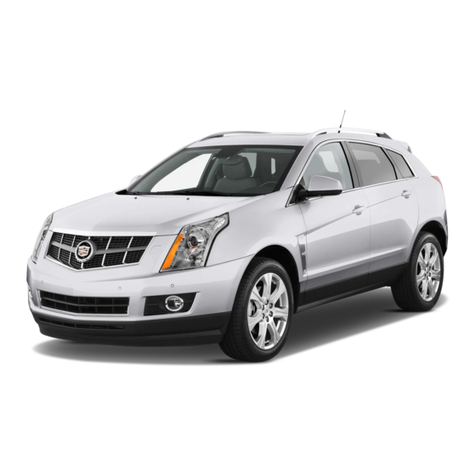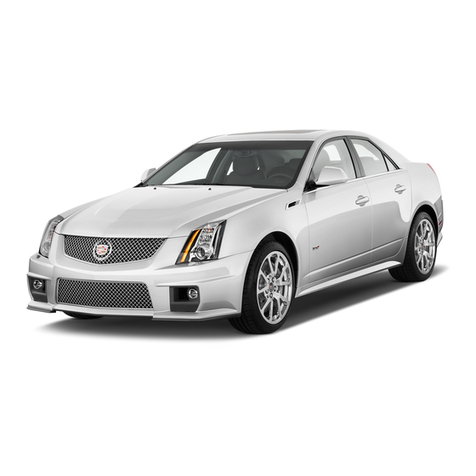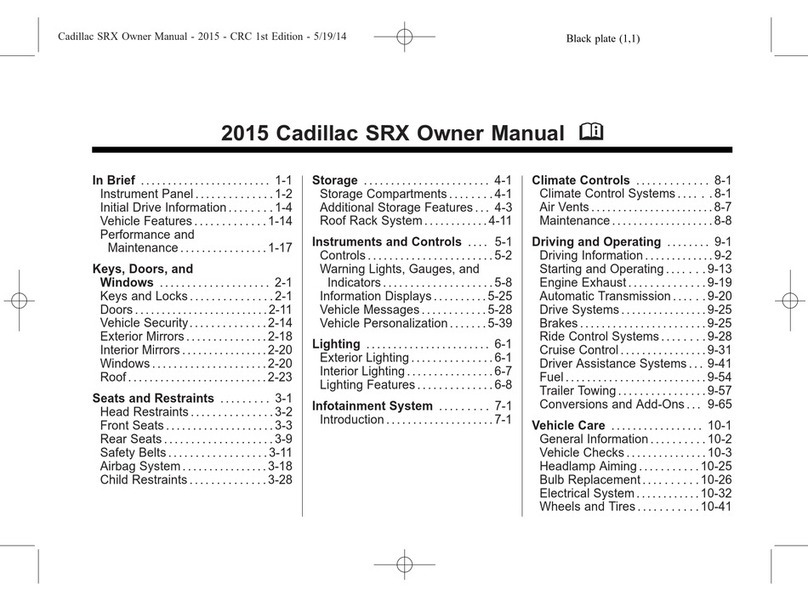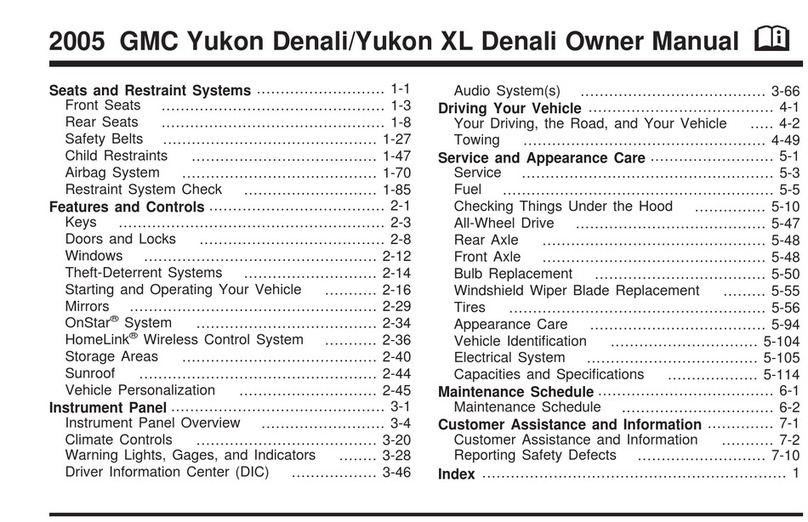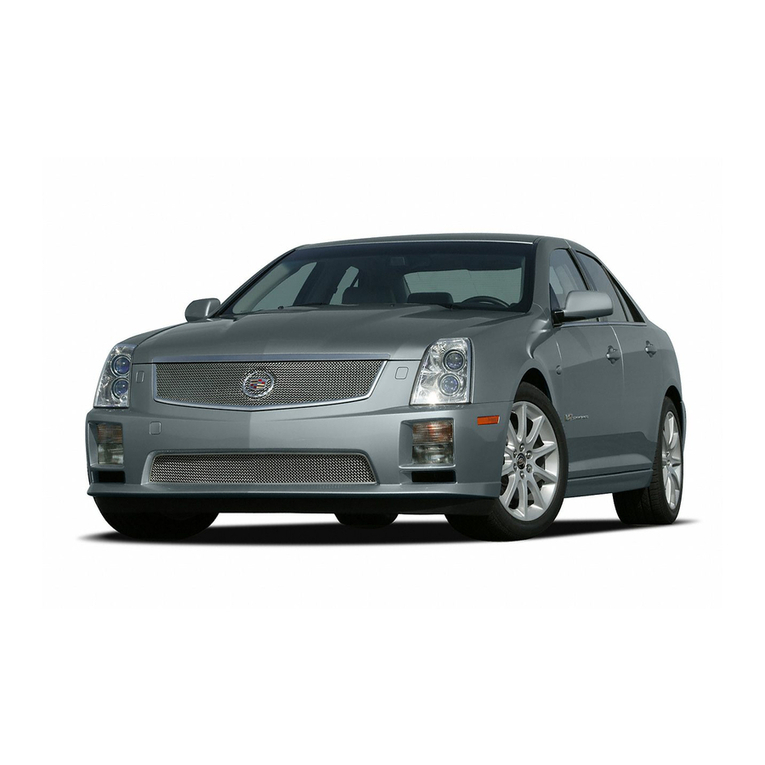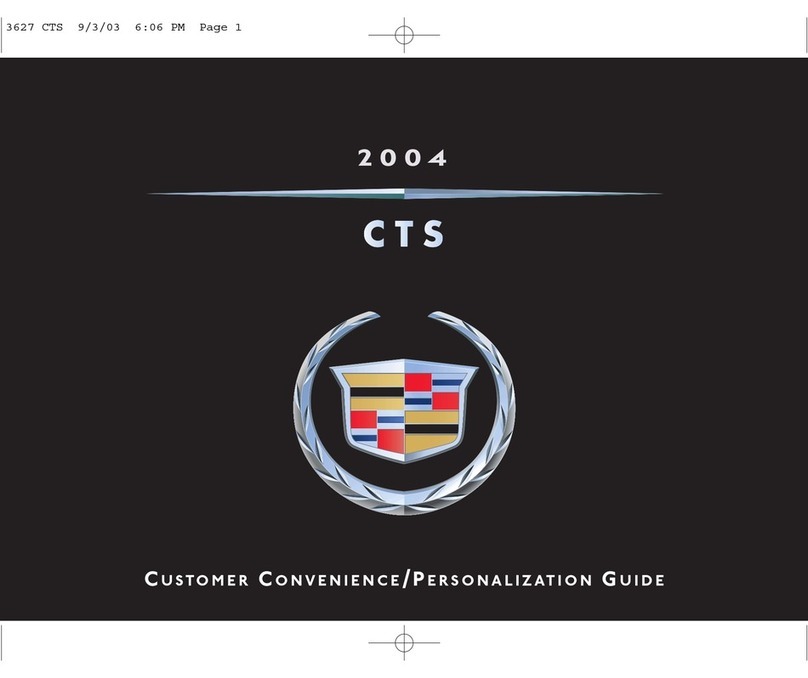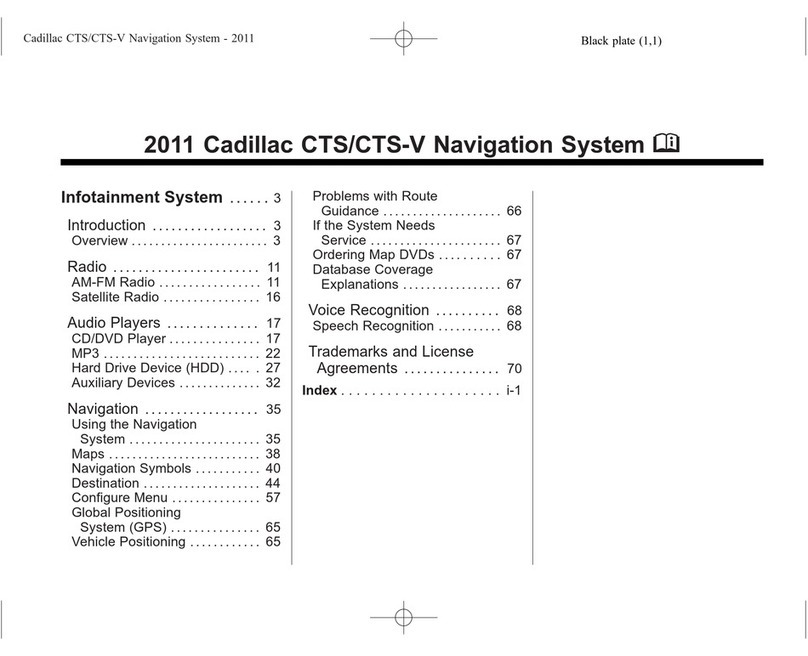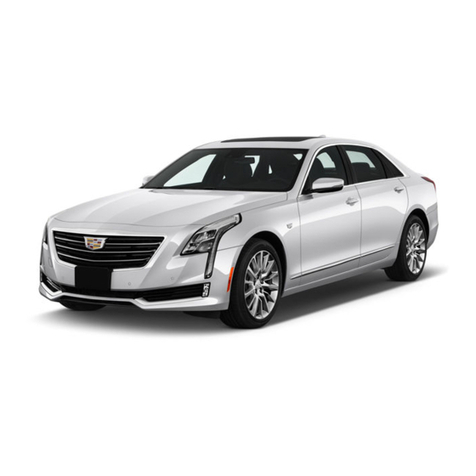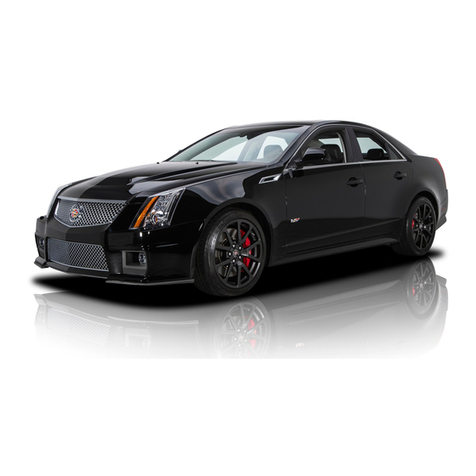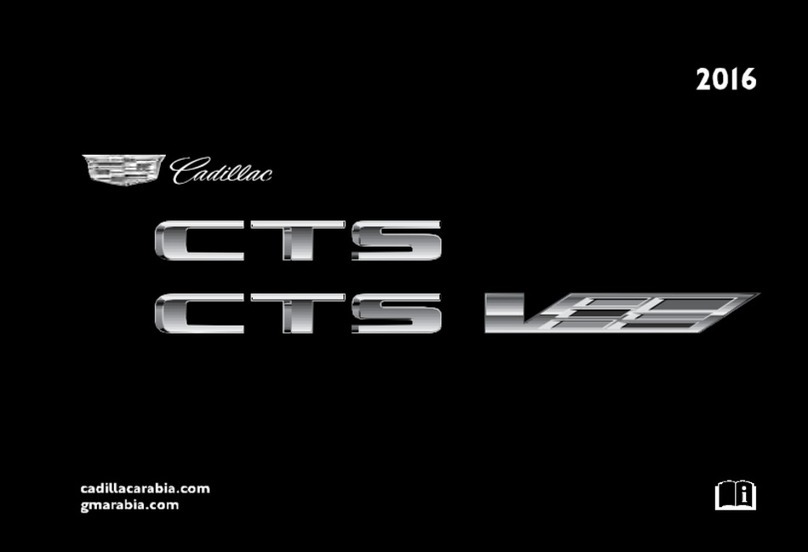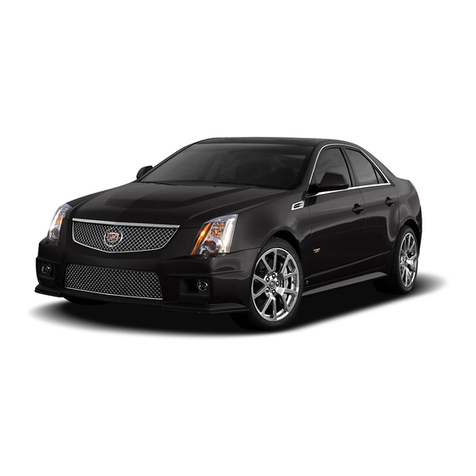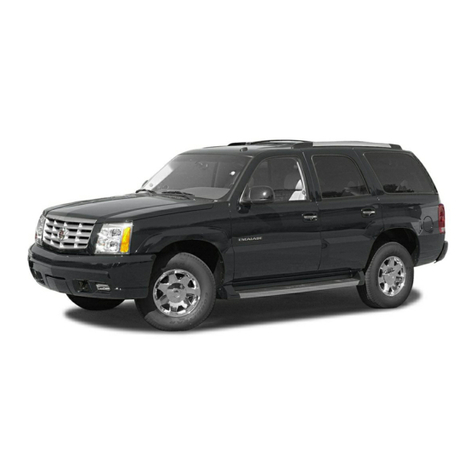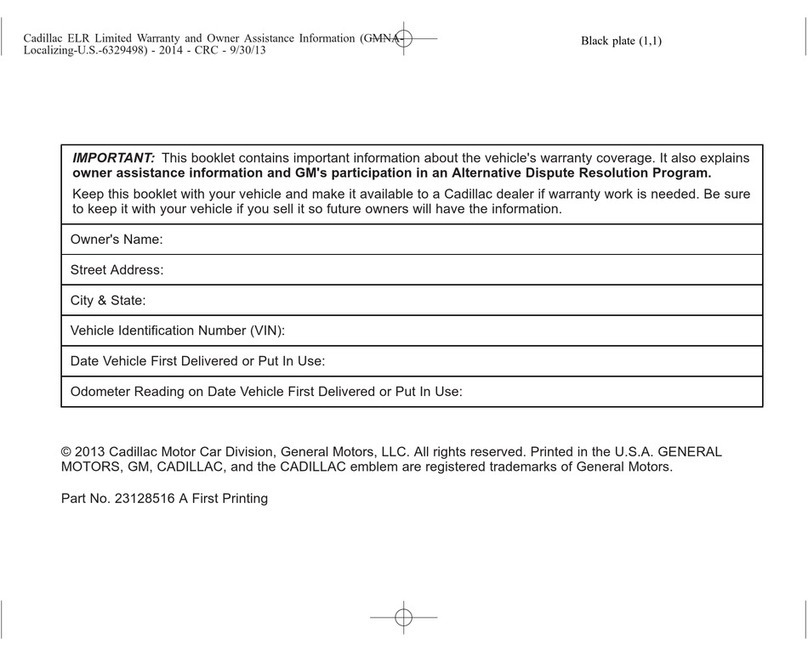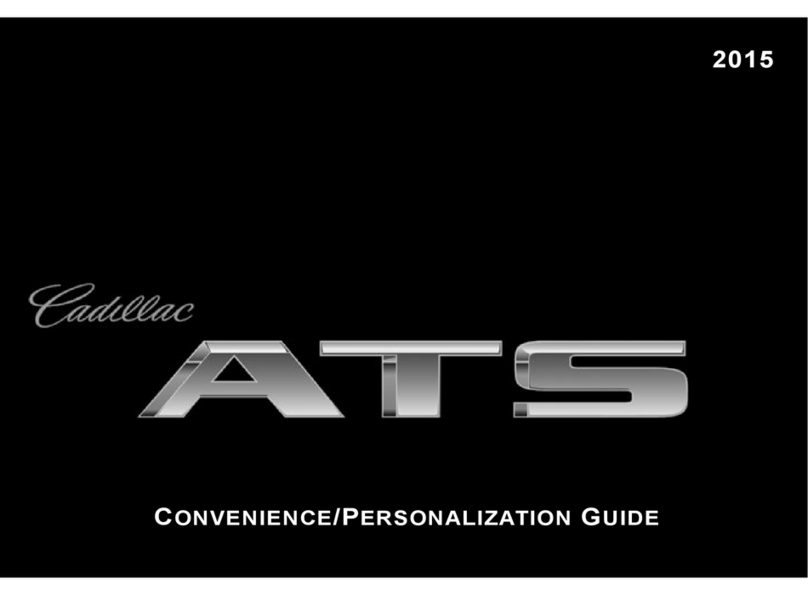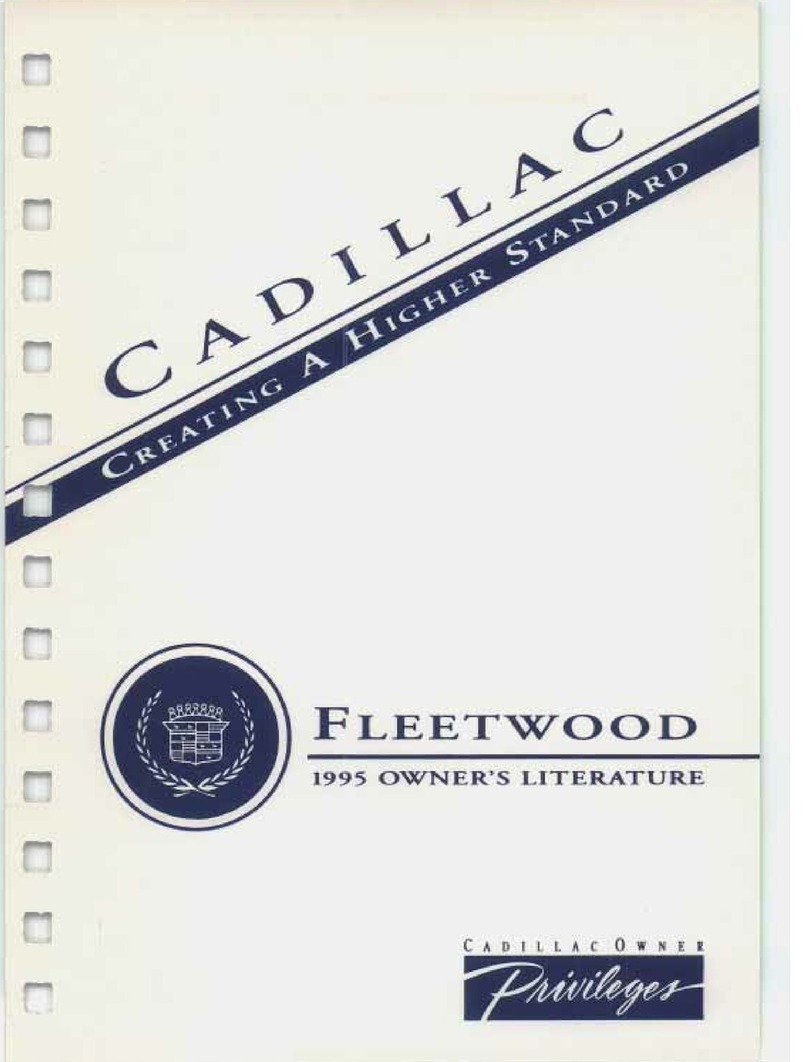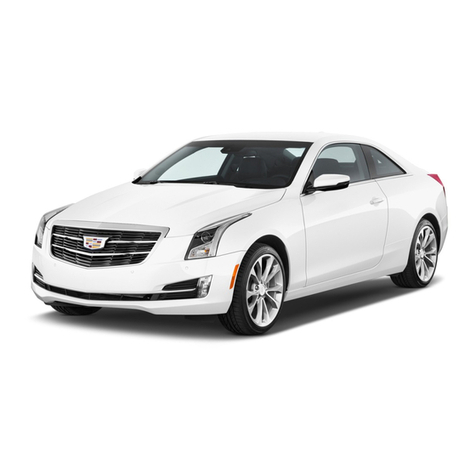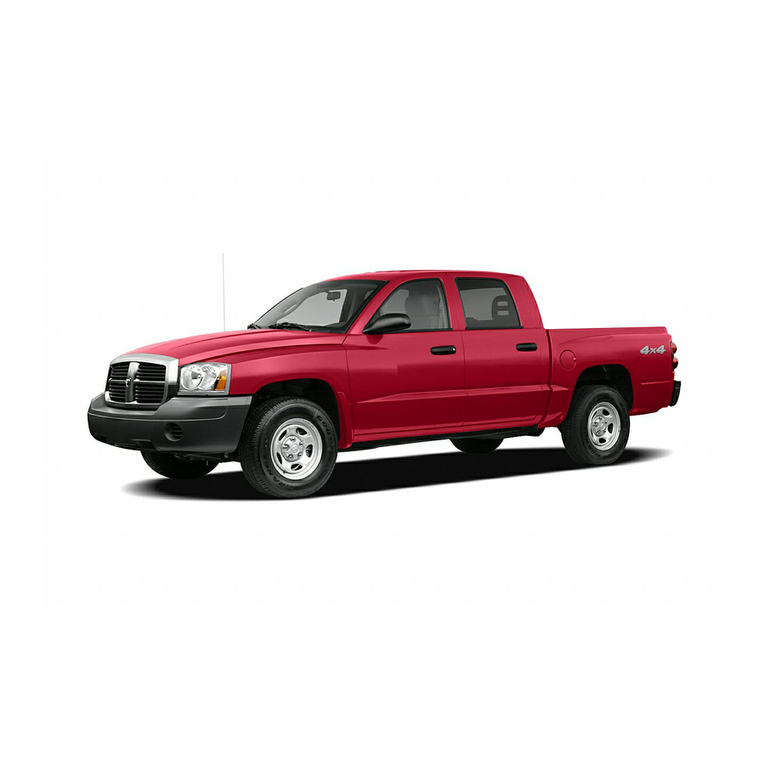
0-4
GENERAL INFORMATION, MAINTENANCE AND LUBRICATION
GENERAL DESCRIPTION AND SPECIFICATIONS
Hoist Recommendations
(Except Eldorado)
CAUTION: Failrrrr to follow the recommenda-
tions orrtlined below ma)' reszrlt in unsatisfactory
vehicle performance, or a durability failure which
may result in loss of control of the vehicle.
Description
Fleetwood Sixty Special
Brougham
Calais Sedan
Calais Coupe
Sedan de Ville
Coupe de Ville
Eldorado Coupe
Eldorado Convertible
Fleetwood Seventy-Five
The preferred type of hoist for lifting 1973Cadillacs
is one that engages the front suspension and rear axle, or
all four wheels.
The front lower suspension arm is designed with a
flattened portion on the flange of the arm for use with
lifting equipment that engages the suspension system.
When using lifting equipment of this type, make certain
that the car is properly centered over the hoist and that
the hoist arms are positioned under the flattened portion
of the flange, Fig. 0.3, outboard of the safety locaters. If
the hoist arms are not properly positioned in relation to
the lower support arms, damage to the steering linkage
or brake lines could result, or the car may shift on the
hoist.
Overall
Length
(Inches)
231.5
228.5
228.5
228.5
228.5
222.0
222.0
250.0
250.0
253.9
CAUTION: The rear lower control arms should
never be used asa liftpoint.
Vehicle
Identifi-
cation
Number
6869
6C49
6C47
6D49
6D47
6L47
6L67
If a frameengaging hoist is used, certain precautions
must be observed. The shaded areas of the frame, Fig.
04,indicate the only acceptable positions for lift pads.
Pads must be used in these areas with maximum surface
contact and must contact only those parts of the frame
indicated.
Overall
Height
(Inches)
55.5
54.6
54.1
54.6
54.1
53.9
54.3
57.8
57.7
-
Sedan
Fleetwood Seventy-Five
Limousine
Commercial Chassis 6290
(NOTE: Certain cars are equipped at these loca-
tions with special brackets used for rail shipment. If such
a situation is encountered, be sure to engage bracket
fully rather than at the edges.)
151.5
151.5
157.5
WEIGHT
4999
4850
4797
4882
4822
4777
4863
Do not use a frame-engaging hoist to raise the Fleet-
wood Seventy-Five Sedan and Limousine or the Com-
mercial Chassis.
Maxi-
mum
Width
(Inches)
79.8
79.8
79.8
79.8
79.8
79.8
79.8
79.8
79.8
-
Wheel-
base
(Inches)
133.0
130.0
130.0
130.0
130.0
126.3
126.3
CAUTION: The shock
absorbers
act
as rebound
stops for the rear suspension Under no circum-
stances should the rear end ofcar be raised so that
rrar suspension is in rebound position while dis.
connecting shock absorbers.
Hoist Recommendations
(Eldorado Only)
Tread
Width
CAUTION: Failure to follow the recommenda-
Front
63.3
63.3
63.3
63.3
63.3
63.66
63.66
63.3
63.3
63.3
tions outlined below mav result in unsatisfactory
vehicle performance, or a durability failure which
may result in loss of control of the vehicle.
Rear
63.3
63.3
63.3
63.3
63.3
63.59
63.59
63.3
63.3
65.0
The preferred type of hoist for lifting the 1973
Eldorado is one that engages the front suspension and
rear axle or all fourwheels.
Use of a suspension-engaging hoist requires that
certain procedures bc observed.
Be sure front hoist saddle adapters engage lower
suspension arm just inboard of stabilizer linkage (both
sides), Fig. 0-5, to prevent damage to steering linkage. At
the rear, Fig. 0-6, place "saddles" of hoist in maximum
"in" ~ositionto prevent dama~eto Automatic Level
contrb~overtravei lever bracket, fuel lines, and brake
Fig.
0-3
Front Hoist
Saddle
Position-Except Eldorado lines.
-~
~~
~
~
-~~~
.
-
-
--
